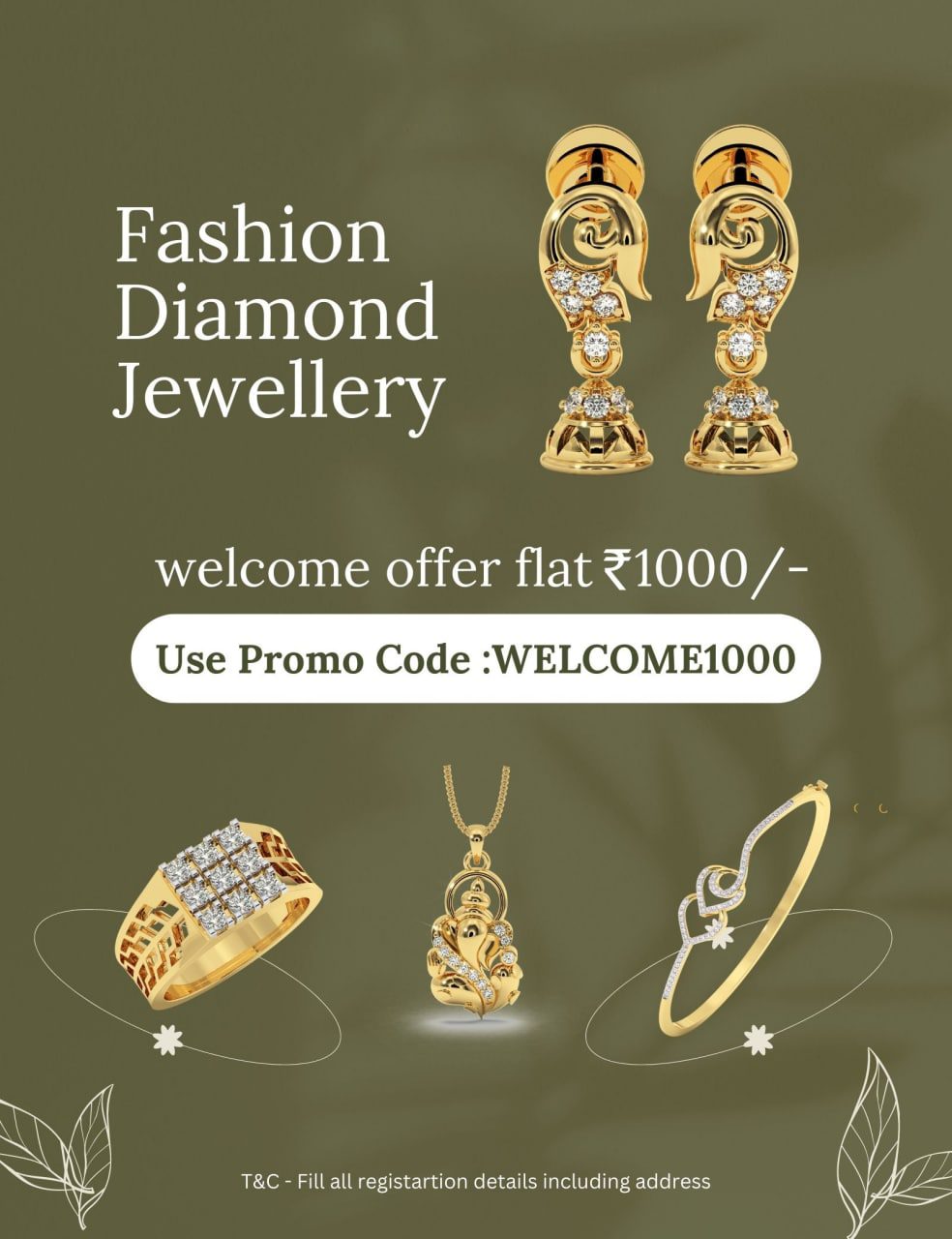Diamond Formation
More than a billion years ago, 100 miles (161 km) or more beneath the earth’s surface, in a cauldron of extreme temperatures and high pressure, carbon atoms bonded tightly together. At temperatures higher than 2100oF (1150o C) and pressures 45,000 times greater than at sea level, crystals formed, resulting in the hardest natural mineral on Earth: diamond.
Diamonds remained hidden deep within the earth for hundreds of millions of years, until volcanic activity violently transported them upwards towards the earth’s surface in
Magma. Vertical rock formations, called “kimberlite pipes,” are remnants of these ancient volcanoes. Over time, erosion frees some of these rough diamonds from their host rock.
Transported by rivers and streams, these diamond crystals end up in river gravel beds and silt often at great distances from their original source. Until the late 1800s, the world’s diamonds were found and collected from these alluvial beds.
Today, most diamonds are found in kimberlite pipes, which are the primary source of mined diamonds.
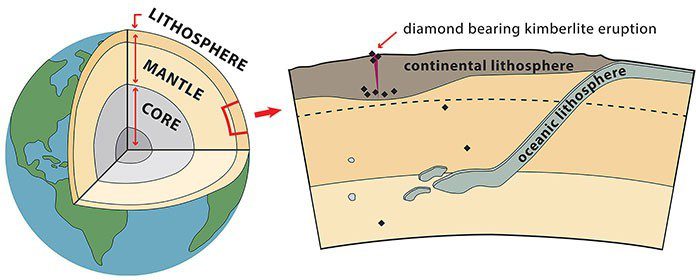
The discovery of a kimberlite pipe in South Africa in 1869 marks the beginning of the
Modern diamond industry. With it came the development of mining operations producing tens of millions of carats of rough diamonds each year – that includes a major discovery in Botswana in 1967, as well as other areas of Africa, Australia, Siberia and the Northwest Territories of Canada.
By the late twentieth century, the earth was no longer the only source for diamonds. In 1970, General Electric began creating diamonds in a laboratory and the first gem-quality laboratory-grown diamond were sold in 1984. With advances in technology, man-made diamonds have become more common and harder to detect. Learn more about laboratory-grown diamonds.
HOW TO BUY A DIAMOND: –
Understand the 4Cs of Diamond Quality

The 4Cs of diamond quality will help you learn how to buy a diamond.
This basic knowledge will not only unlock the mystery of a diamond’s quality, it will also help you understand a diamond’s value and price.
In most diamonds, the term actually refers to the absence of color. The less color in the stone, the more desirable and valuable it is. Some of these differences are not visible to the naked eye, but directly impact the overall quality and price of the stone.
Measures the amount, size and placement of internal ‘inclusions,’ and external ‘blemishes.’ Grades run from ‘Flawless,’ with virtually no imperfections, to ‘Included,’ which contain a significant number of imperfections.
Does not refer to a diamond’s shape, but to the proportion and arrangement of its facets and the quality of workmanship. The amount of brilliance, sparkle and fire in a diamond is determined by cut. Grades range from ‘Excellent’ to ‘Poor.’
Refers to a diamond’s weight. Generally speaking, the higher the carat weight, the more expensive the stone. Two diamonds of equal carat weight, however, can have very different quality and price when the other three Cs are considered.
No matter how beautiful a diamond may look you simply cannot see its true quality. Knowing more about the 4Cs of diamond quality will help you learn how to buy a diamond. The 4Cs provide you with the information you need to know the diamond’s actual quality.
Choose an online jeweler as you would choose an online doctor
Your jeweler should be armed with expert training, open to questions and able to explain how to buy a diamond in clear, simple language. A jeweler’s professional training can help you evaluate how knowledgeable he or she is. Preferably, their training comes from a highly recognized and internationally accredited program.
As your personal diamond-buying guide, an educated jeweler will not only explain the 4Cs of Diamond Quality to you, but will also be able to demonstrate the differences between apparently similar stones. They will encourage you to compare a number of diamonds that fall in your budget.
Insist On a Diamond Jewellery Report
A diamond jewellery report from reputed gemological labs provides authentication & its proof of what you are buying. The differences in diamonds can be so subtle, even a trained jeweler can’t recognize them without lab verification. Insist that any diamond you buy come with an indisputable verification of its quality.
Diamond Shapes

Shape
Shape refers to the overall outline of the diamond when viewed from the top and that determines the price as well. The most expensive shape is the round diamond. That’s because they are best at reflecting light and shine like there’s no tomorrow! Although the choice of the shape mostly depends on your personal style, a princess, cushion or heart cut is what we would recommend if your diamond is bigger than 1 carat.
Diamond Grading
- Say Hello to Halo! It makes the center stone look bigger and works as a protective shield as well go fancy with cushion and emerald cuts.
- They’re usually priced lower and make ‘em eyes pop, too!
- Pick a diamond with an ‘excellent’ or ‘ideal’ cut and nothing less than that although the round is the most expensive cut, it hides the imperfections and the yellowish color in the best way. It’s like a really good concealer
Certifications
The Certification is basically your diamond’s birth certificate. All our solitaire diamonds are meticulously analyzed and graded by the Gemological Institute of America (GIA), Hoge Raadvoor Diamant (HRD) & the IGI, the most trusted (and known) labs in the world.
How to Care for Your Diamond:
- Once every week, clean your diamond jewellery in lukewarm soap water and rub it down gently with a brush, to remove the dirt and grime from the surface and ensure a long-lasting shine.
- Remove your diamond jewellery when you go swimming or while doing household chores, so that the grime doesn’t make your jewellery look dull.
- Keep your jewellery in separate boxes to reduce the chances of scratches on the metal.

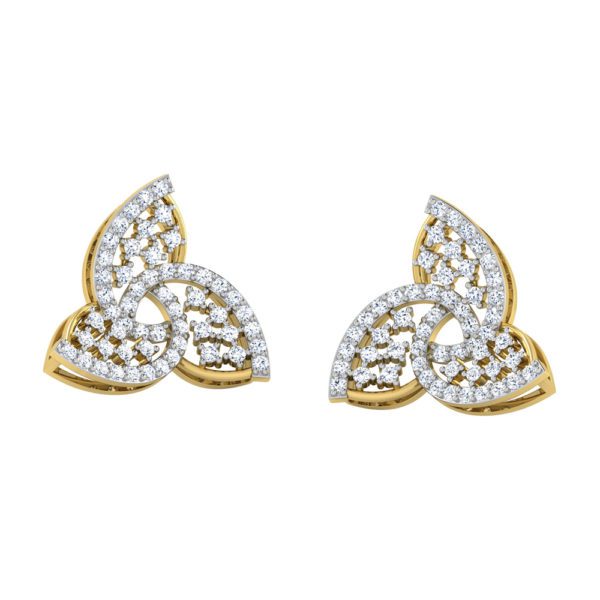
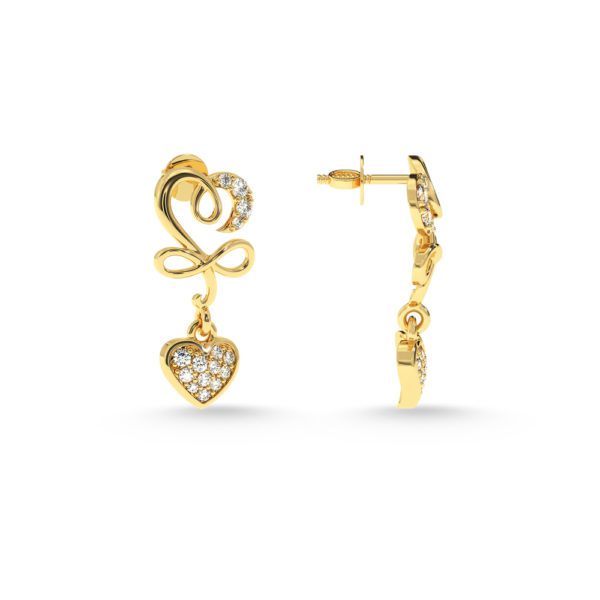
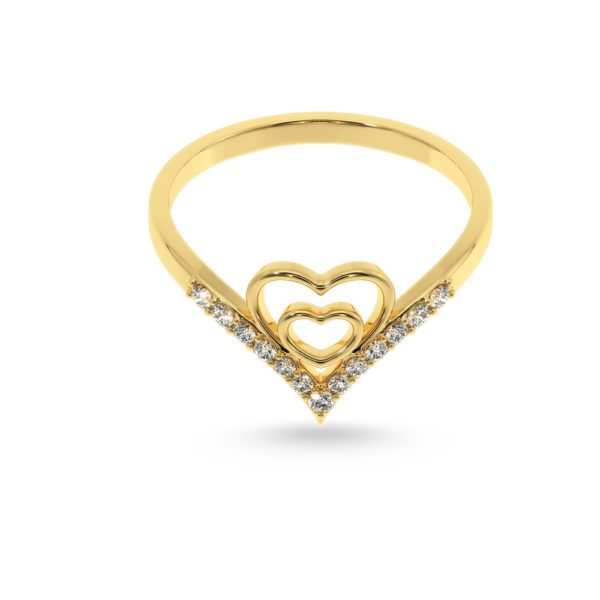

 Gents Ring
Gents Ring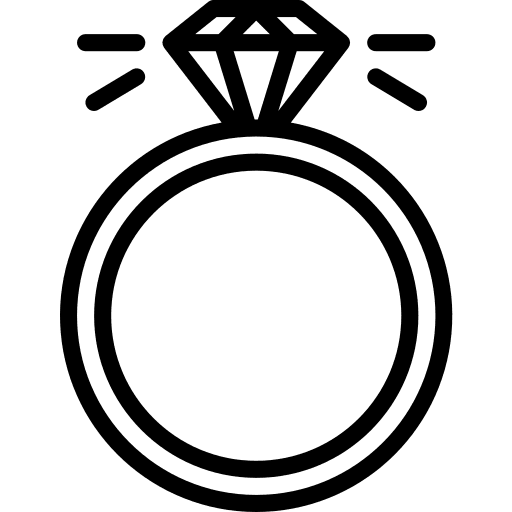 Ladies Ring
Ladies Ring